Brief History of Tank Development #5
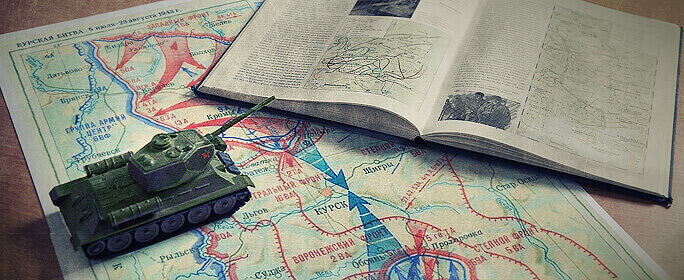
Tank commanders!
In this part, we'll introduce you to the "Tiger fever"!
Legendary Tiger I
Before WWII broke out, Germans planned to design tanks bigger than Pazner IV. With the battle experience aquired fighting T-34 and KV-1 after German force invaded USSR, Panzer VI “Tiger” was finally born in 1942.
The main design concept of Tiger tank was that it used 88mm gun as main gun. Originally 88mm gun was anti-aircraft gun, which performed very well in anti-tank and anti-aircraft missions. Tiger tank had 88mm gun and very thick armor, and weighted 57 tons, So the mobility of Tiger was poor, only 38 km/hr on the road.
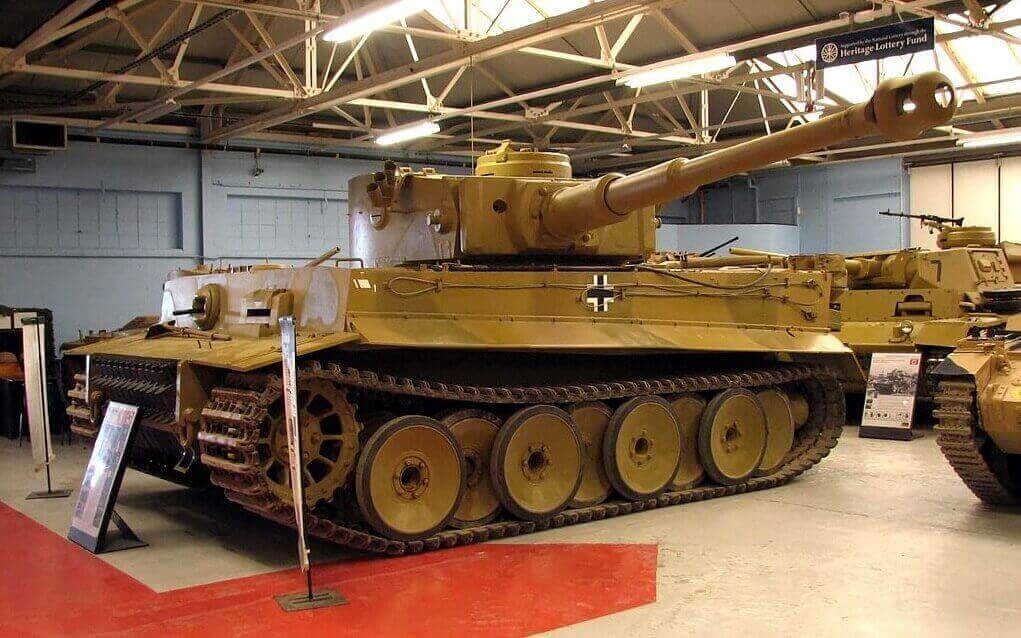 |
.jpg) |
<The Tiger I in Bovington Tank Museum, UK(left) and the Tiget I in the movie "Fury" is the same one>
Because Tiger was a pre-war design, its hull had square appearance and looked like old German tanks. It had no sloped armor like T-34 or Panther and a possessed a heavy and mighty look. Hitler hoped that Tiger tanks could turn the tide, because he thought that one Tiger tank battalion was equal to one tank division. Since Tiger tanks were few, they were organized into independent tank battalions. In the battle of Kursk in July 1943, Tiger tanks were mass deployed and rolled into battle for the first time, becoming the vanguards of general Manstein’s forces with their over 100mm of frontal armor.
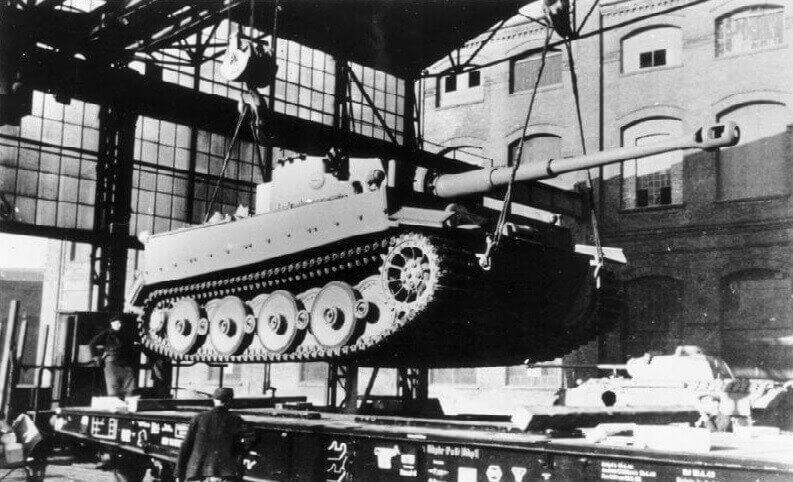 |
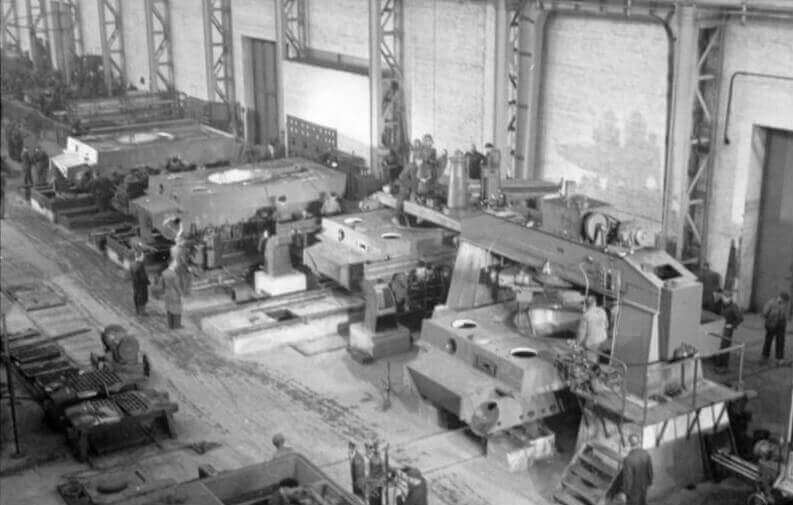 |
 |
<Tiger I tanks in production>
Strictly speaking, Tiger tank was not the Germany's best tank. Panther had better mobility and its fire power were no worse than the Tiger, which only had thicker armor. During the battles of Normandy on June 13, 1944, one Tiger commanded by Michael Wittmann encountered British force near the town of Caen. In less than 15 minutes, this Tiger tank destroyed 14 British tanks, 15 personnel carriers and 2 anti-tank guns. This battle gave the Tiger an reputation. Before Michael Wittmann fell in August, he had destroyed 138 tanks and 132 anti-tank guns.
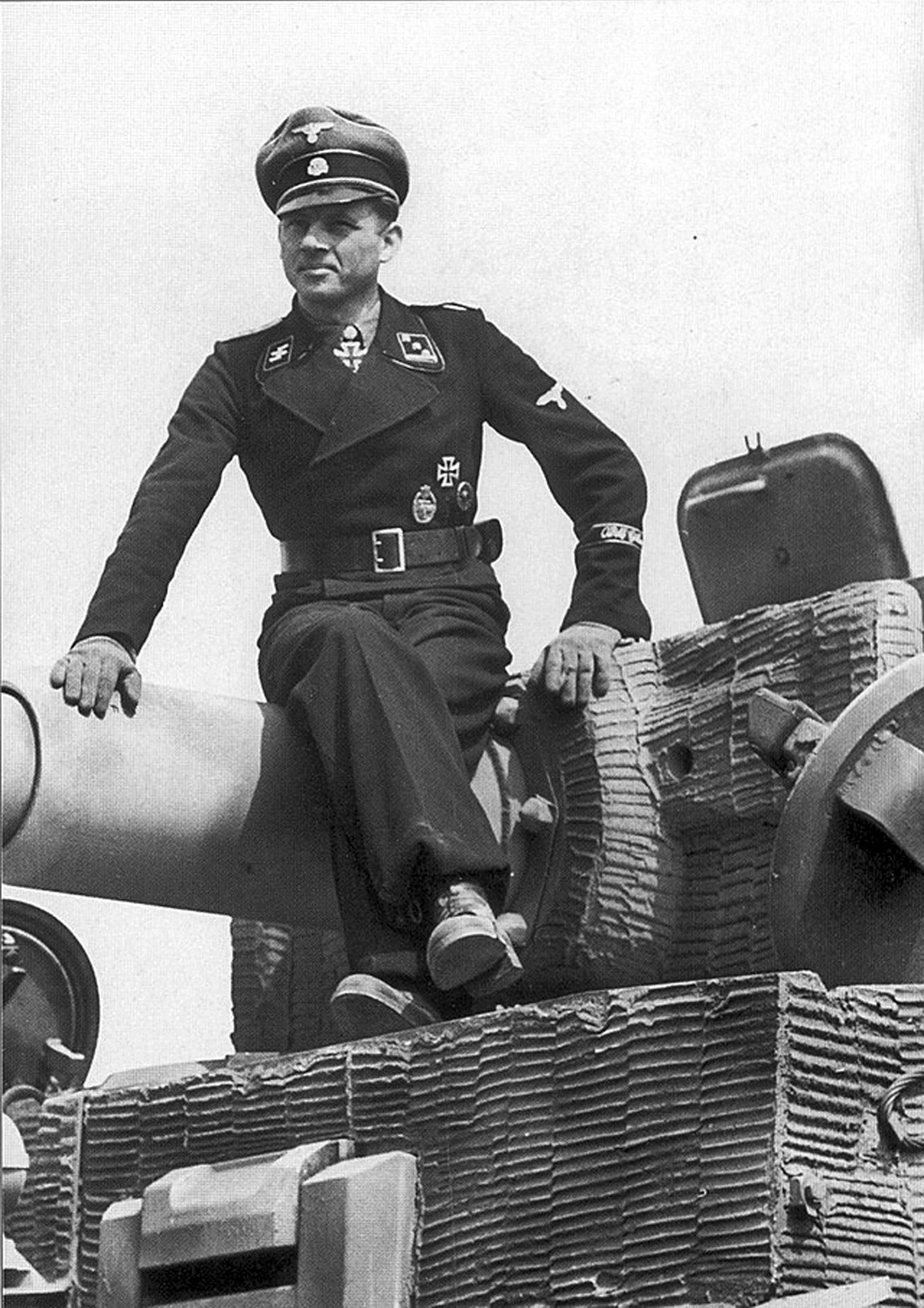 |
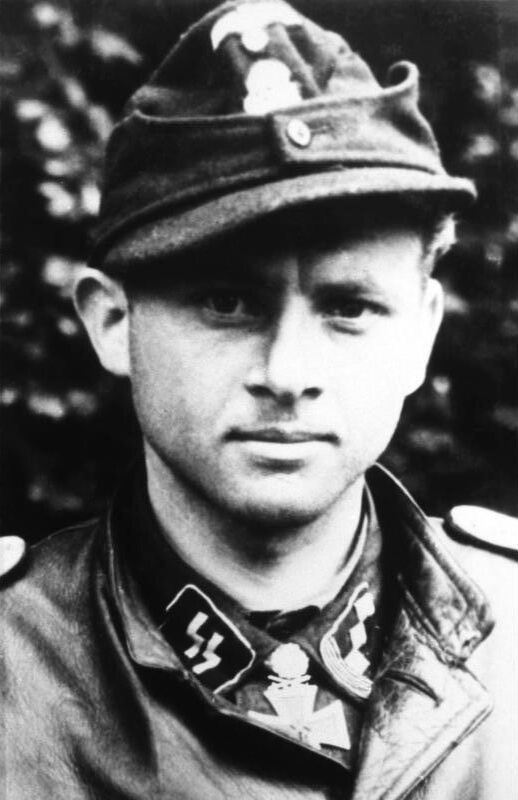 |
<The German ace tank commander, Michael Wittmann>
During the encounter battle at Caen, British force hit Wittmann’s Tiger tank several times, but these shots were bounced by Tiger’s thick armor, while the Tiger’s 88mm gun made short work of any British resistance. After that, the Tiger became a huge psychological influence over the Allies, since every Allied soldier feared the day that they would have to face the Tigers.
But Tiger tanks were few and far between. There were only 1,347 Tiger tanks, with far less Tigers on the west front. Many British and American troops thought they've met Tiger tanks when they encountered German tanks, which were actually Panthers or late versions of Panzer IV with side skirts. Anyhow, the legendary Tiger tanks became the most famous German tank. In many WWII movies there are Tiger tanks present, and the Tiger became popular in the toys industry. The German word “panzer” also became a part of English vocabulary.
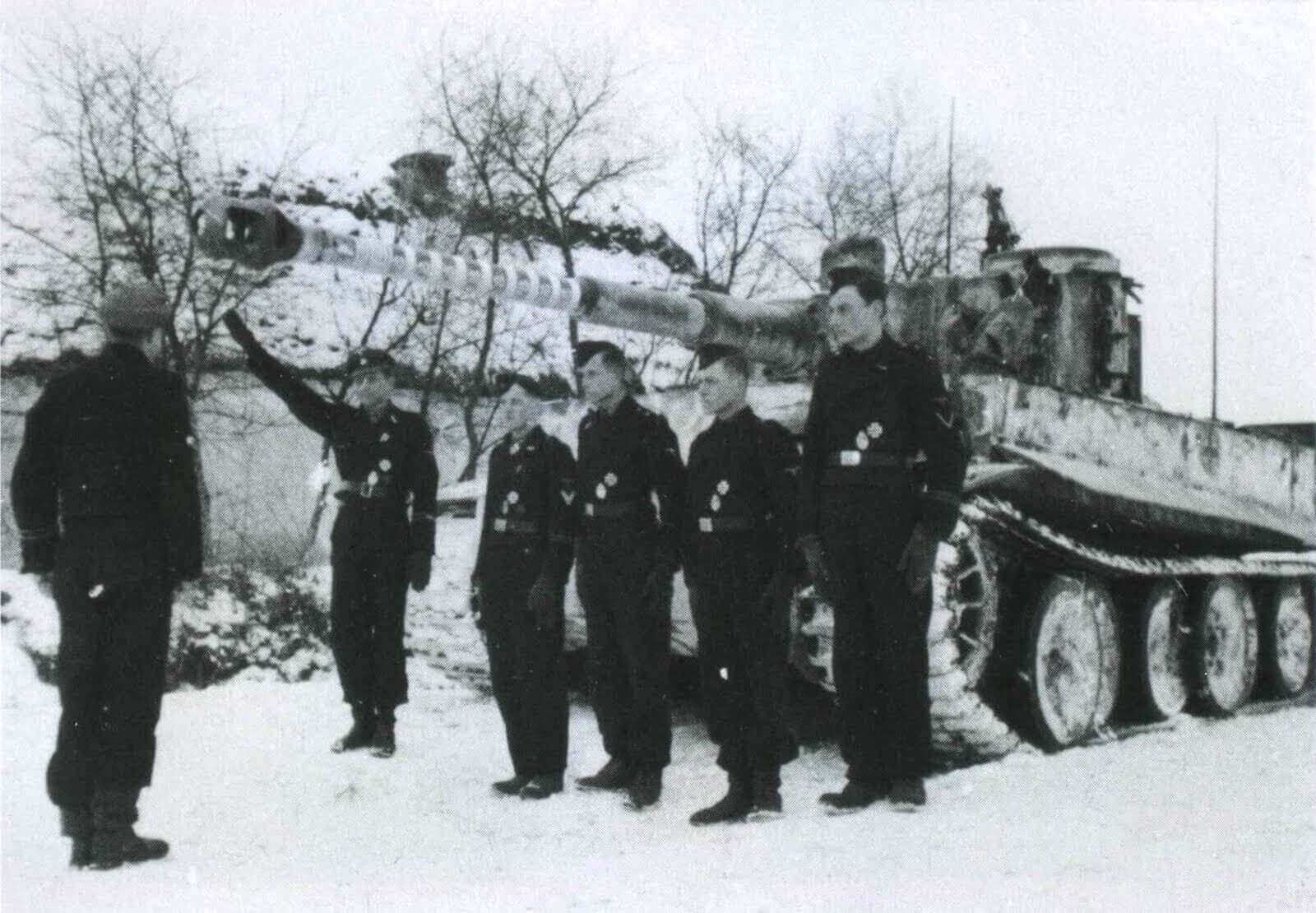 |
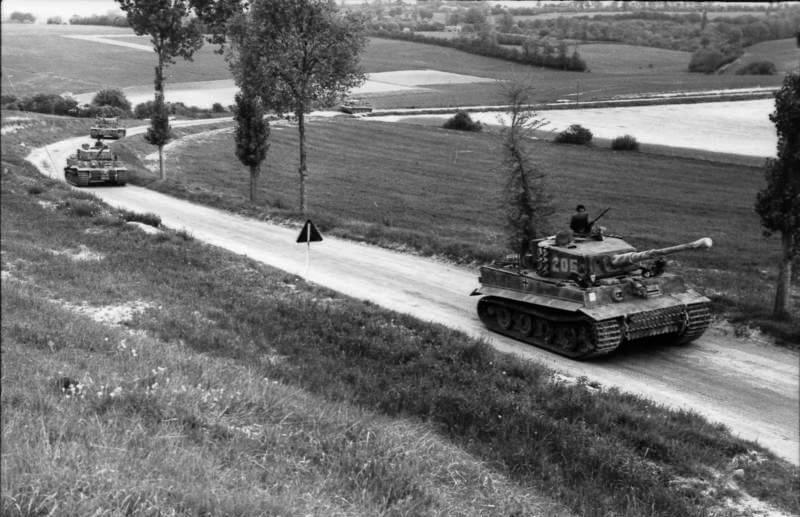 |
<Tiger I tanks on the battlefield>
To be continued.........
(Text by Michael Fu)


